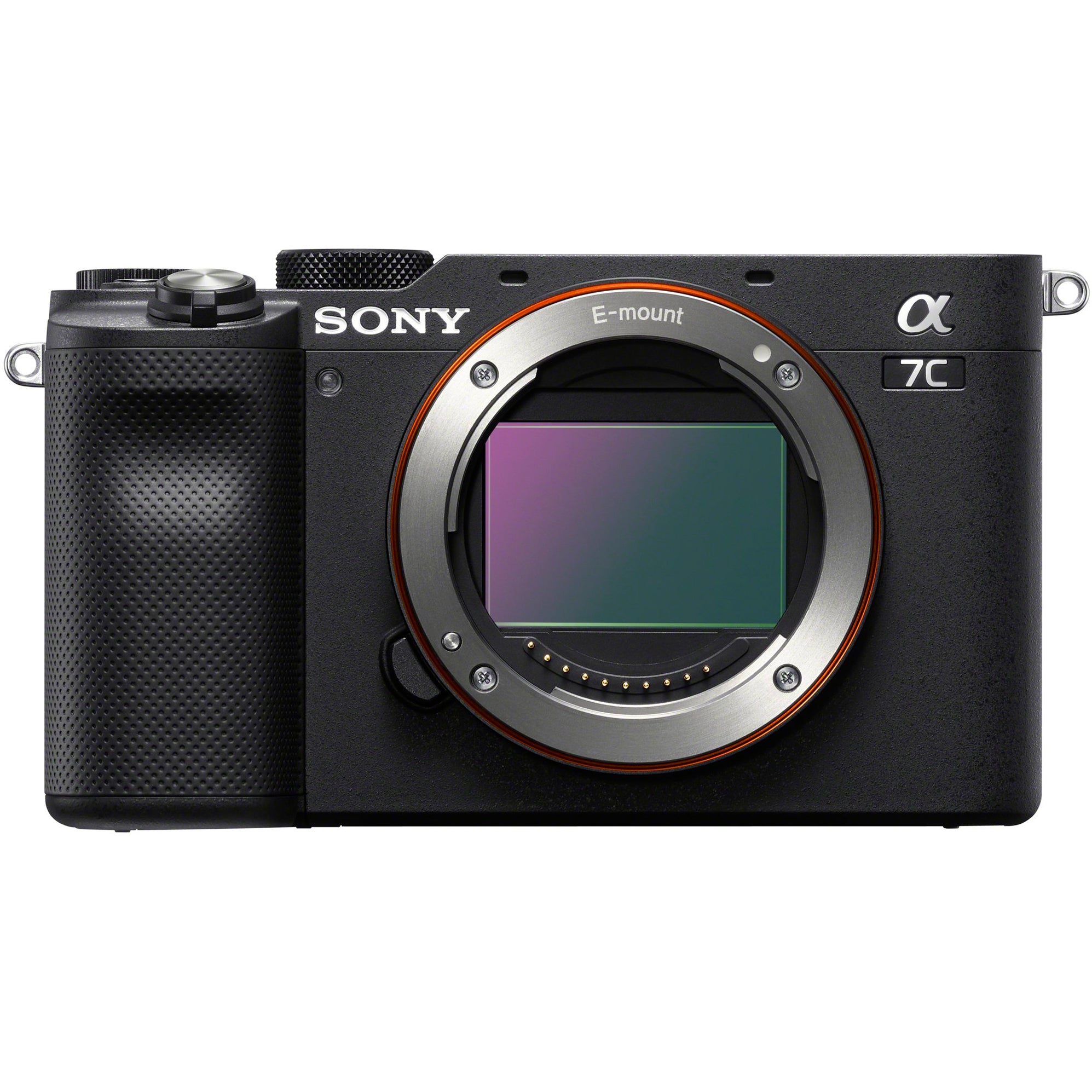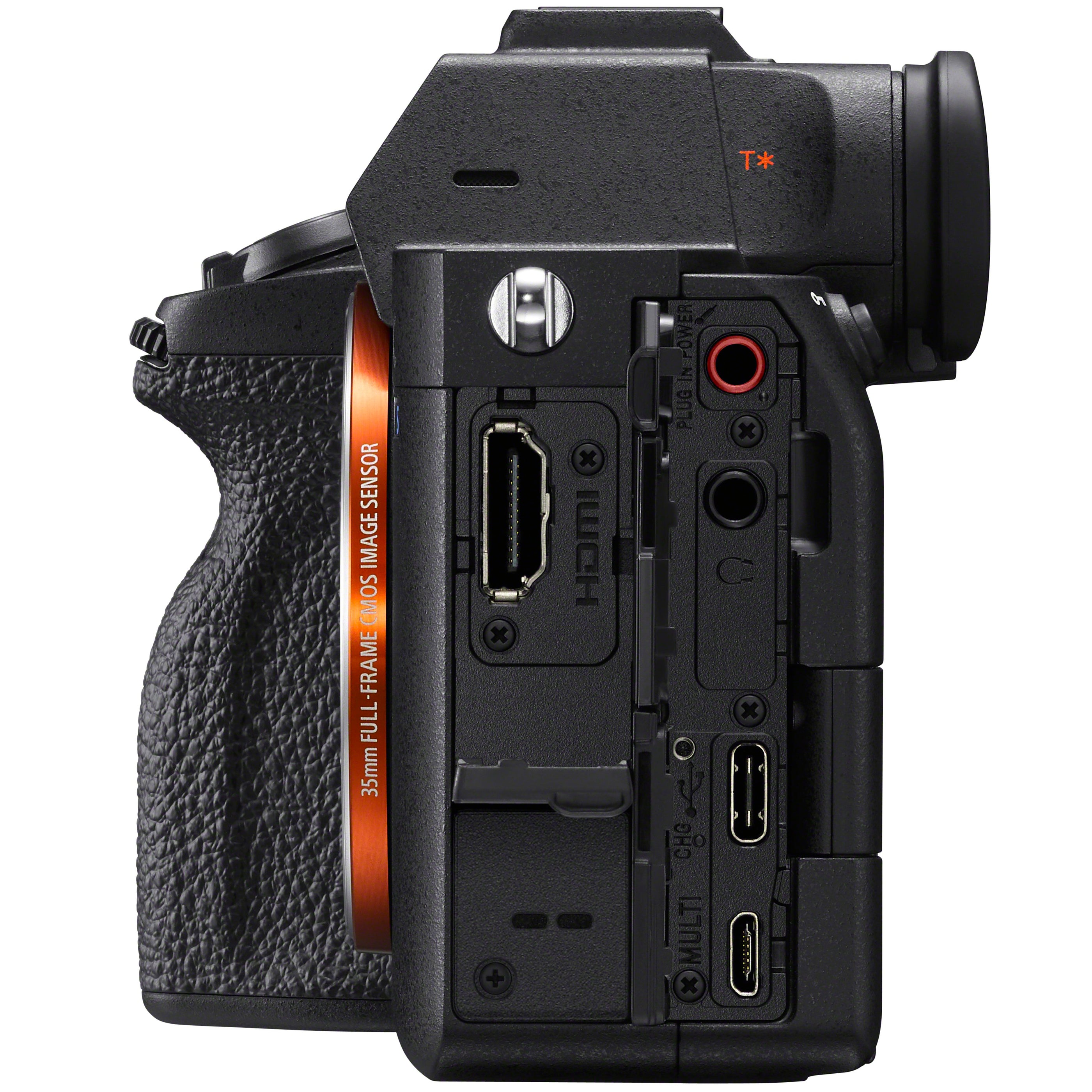

- #Ashampoo photo commander 9 full pdf#
- #Ashampoo photo commander 9 full iso#
- #Ashampoo photo commander 9 full windows#
#Ashampoo photo commander 9 full windows#
Common file formats that are supported are Multipage TIF, Windows ICO, Animated GIF, Multiple Image Network Graphics (MNG), Animated Windows Cursor (ANI). The Ashampoo Photo Commander 10 does support not only image files that contain one still image, but also image files that contain many images in one file or even animated files. To create pdf-files you need to have Adobe acrobat reader installed on your computer.
#Ashampoo photo commander 9 full pdf#
Just click on the PDF symbol in the Browser bar. The Ashampoo Photo Commander 10 offers a very simple function to convert your files into the widespread PDF format. The batch Edit IPTC metadata insertion tool can be found in the applications Tools menu and is a great way to add tags for a group of images. In general adding IPTC metadata, titles, tags to your images will simplify detection or grouping of pictures within your photo collection. Descriptions stored by Windows Explorer and other applications are displayed here automatically – similarly, descriptions stored in photos in Photo Commander will be displayed in Windows Explorer and other applications.Ĭlick on the Title or Tags symbol on the left or right to add a description or tag for your images.Ĭlick on the default text and enter your own description. There is now a Description bar under the preview in Photo Commander where you can add and edit descriptions as captions. If the files are associated to Ashampoo Photo Commander 10, the sort order and the playlists are all the same. The sort order function requires a closer look, because it effects the sequence in which the files are displayed or played (e.g. Depending on which options you have chosen, there is a customized preview of the files and most important information on those. With the drop-down lists it is so easy to just display only parts of your media collection (e.g. Useful, widespread functions like Copy to or Batch process are also integrated. Once you’ve chosen a folder, this bar enables you to navigate between your files and to change the view configuration mode and the sort order. Just click on the appropriate option (EXIF, IPTC or Common) or click on the arrow on the right (see red arrow) to open the dialog. The EXIF, IPTC and other data are also only a mouse click away. Overall the image will be rather bright and less dark. In the example image you can find many dark blue tones (blue peak on the left) and many light red tones (red peak on the left). The vertical orientation (the peaks) show the proportion of the colors. The low values on the left represent dark colors, the high values on the right represent light colors. Just image that every color has a value associated with it – from the value 0 (on the left) to 255 (on the right). Red/green/blue are the color channels and grey is the luminance value / grayscale. The histogram shows you the tonal / color distribution of your image. The third line (from left to right): Bit depth (also called color depth, here: 24 Bpp, 1.2 MP), the resolution in DPI (Dots per Inch, here: 300×300 DPI) and the file format (here: JPG) The second line (from left to right): Image resolution (width x hight, here: 1280×960 px), the file size (here: 257.44 KB) und the date the image was taken (here: Tuesday, April 25th).

At the top you can see the name of the file and if necessary also the storage location of the image. On the right side (see image below) you will find more information on the image file and a histogram.
#Ashampoo photo commander 9 full iso#
There you find the following information (clockwise from top-left): the aperture (here: f/5.6), the exposure time (1/50 sec), focal length (55 mm), whether a the image was taken using a flash (here the flash is crossed meaning no flash was used), the type of white balance and the light sensitivity (the so-called ISO value, here ISO 100). Lets have a look at the left side first (see image below). So what is it that is displayed together with an image in Ashampoo Photo Commander 10? How many details about an image can you add as information until it becomes confusing? The goal was to clearly display all information on an image without having to have a look at the file information or EXIF data. Click here for more information on the style of the browser. The style of the browser can also be adjusted.

Just click on a file to be displayed in the middle together with the most important information on it. If you chose a folder, the media files of your choice will be displayed at the right of this screen. On the left in the screenshot below you see an explorer to navigate between the different resources. The triparted construction allows to see every essential detail of your file system, the content of the selected folder and information about the file itself. Browse offers the perfect overview for your media files.


 0 kommentar(er)
0 kommentar(er)
